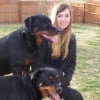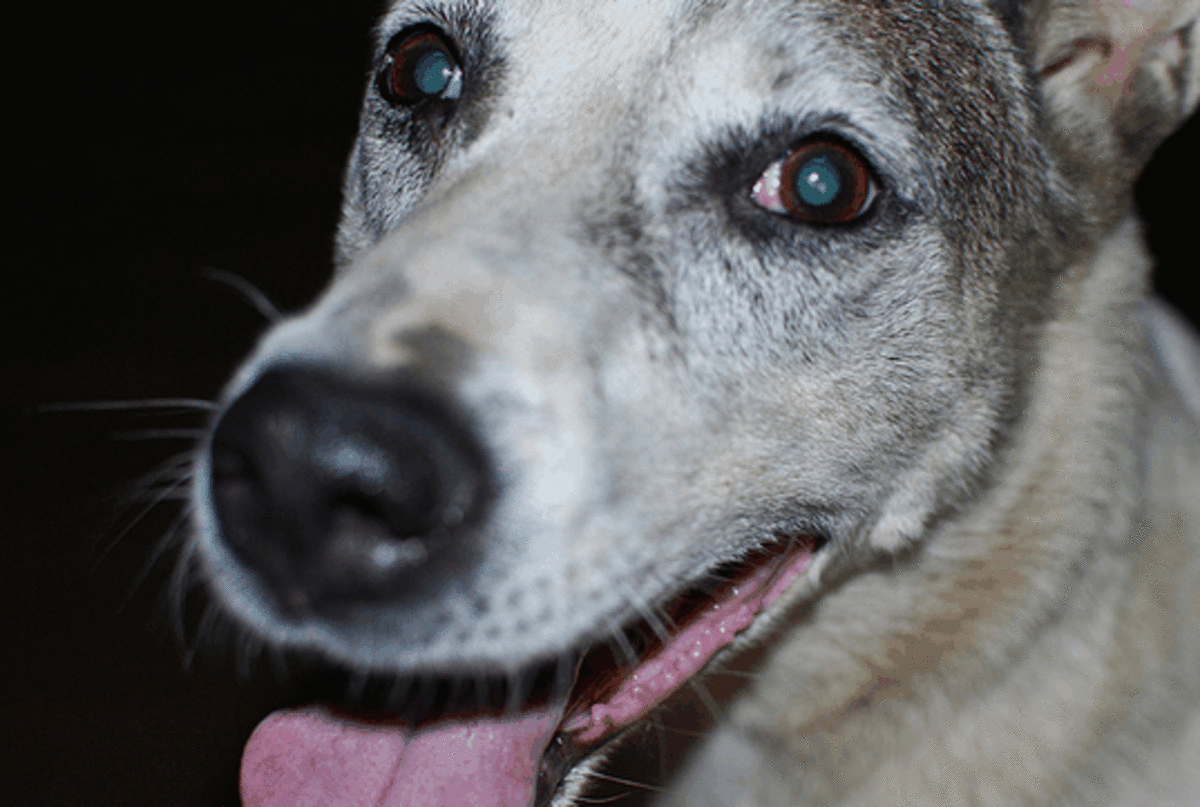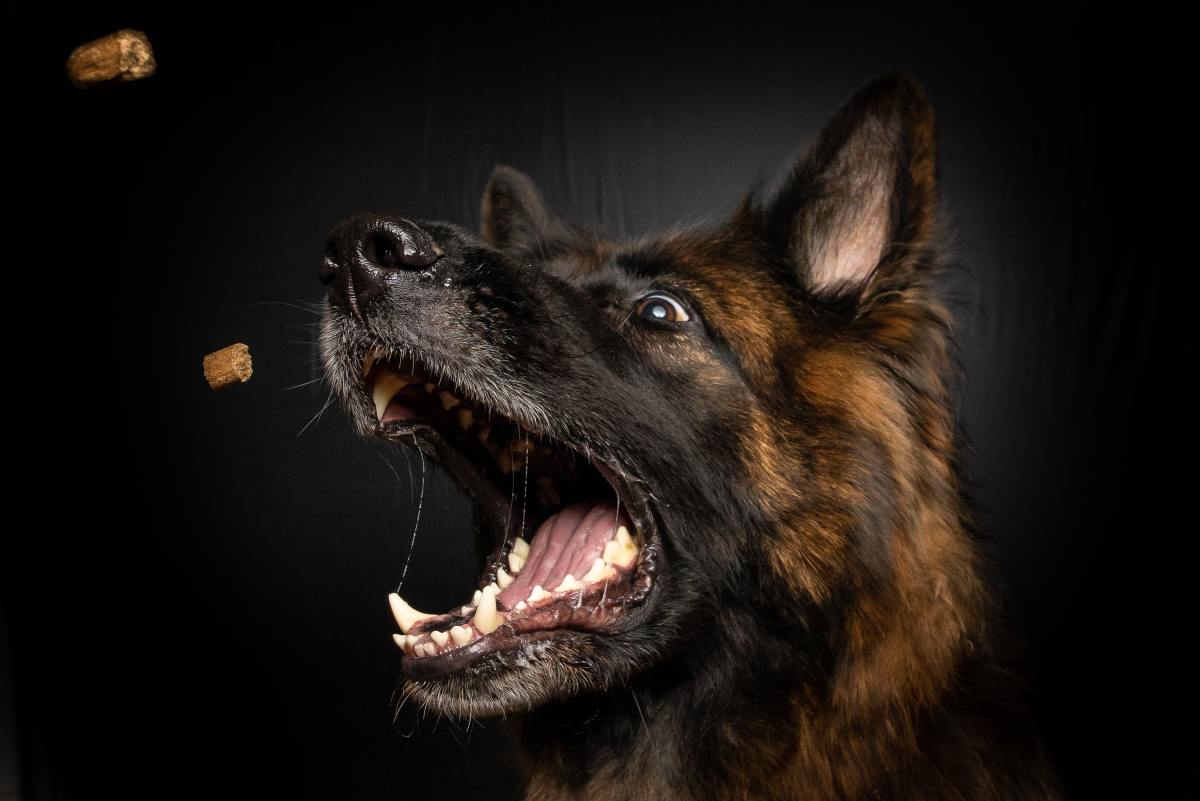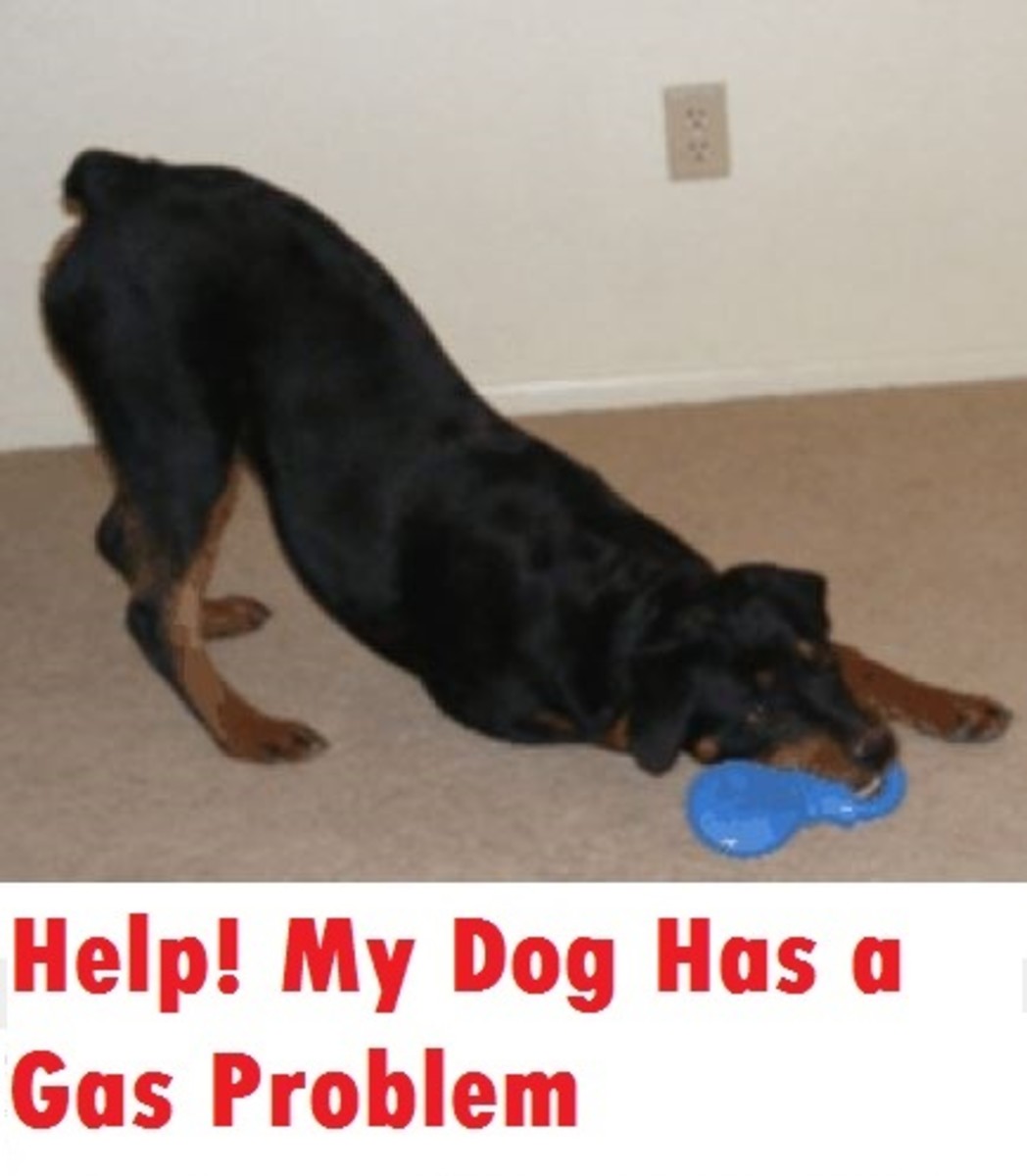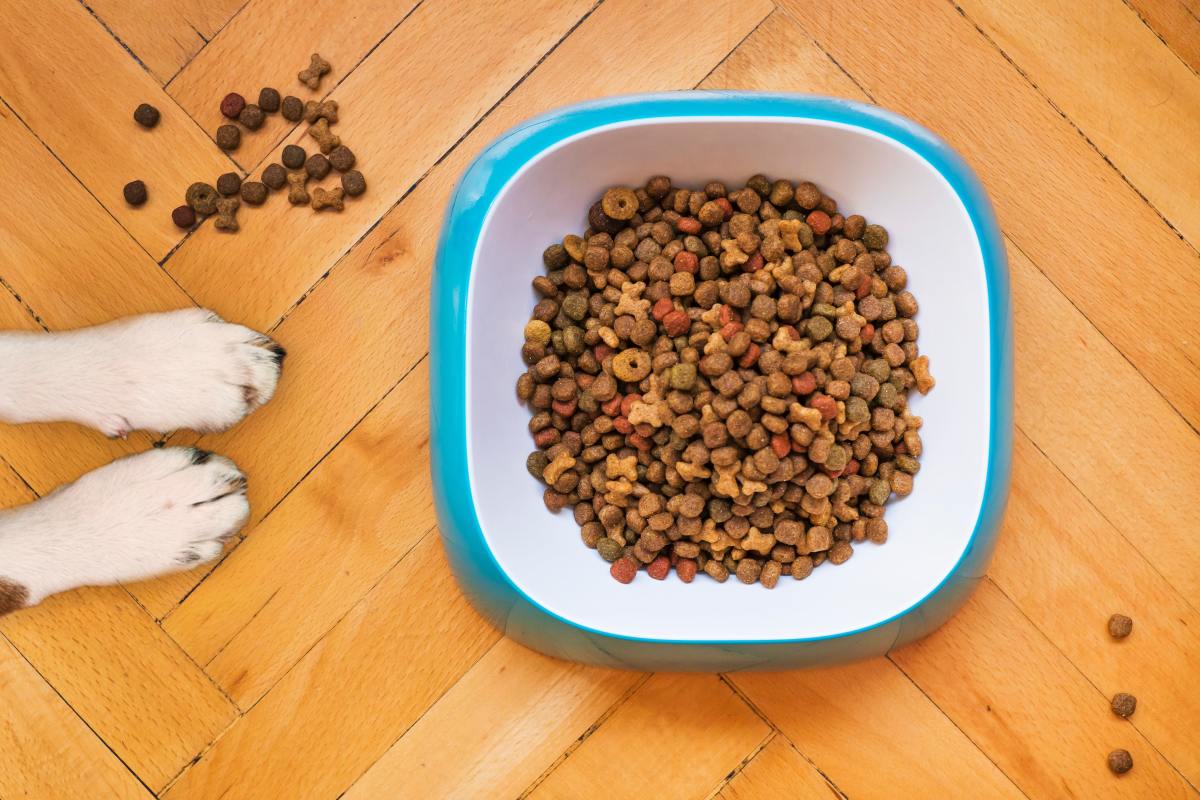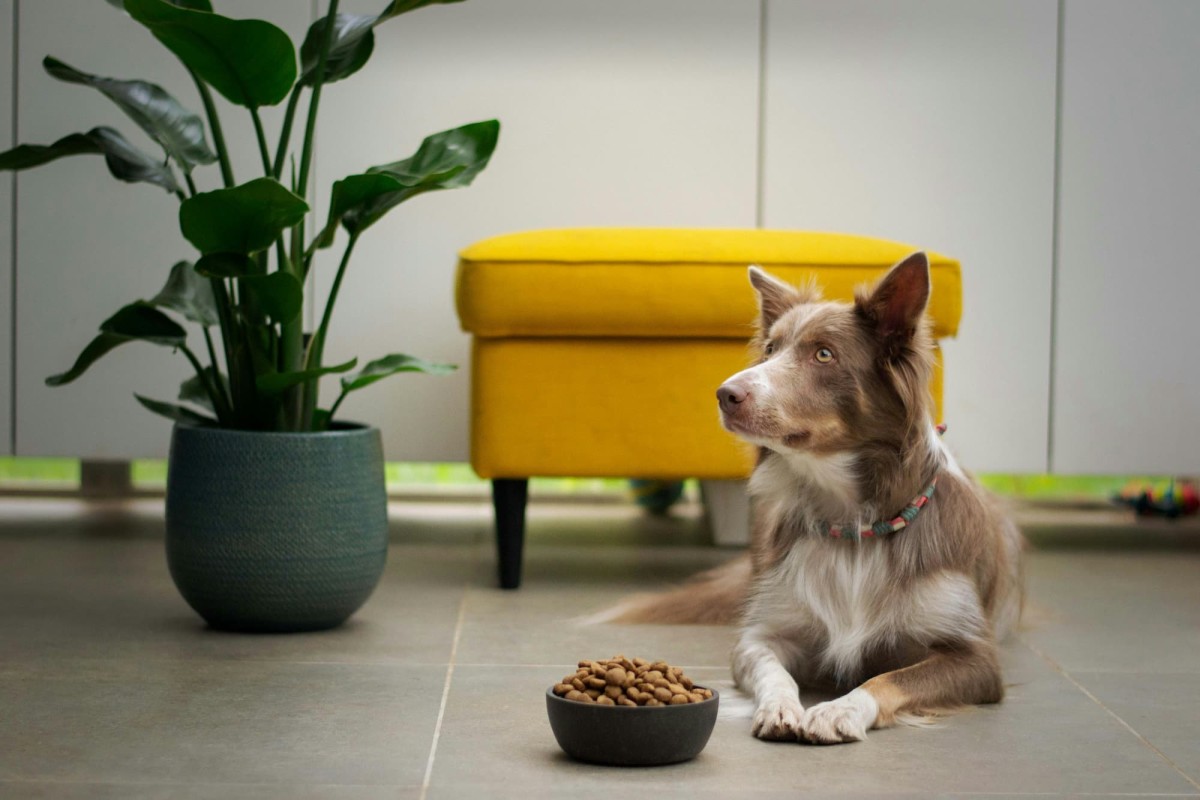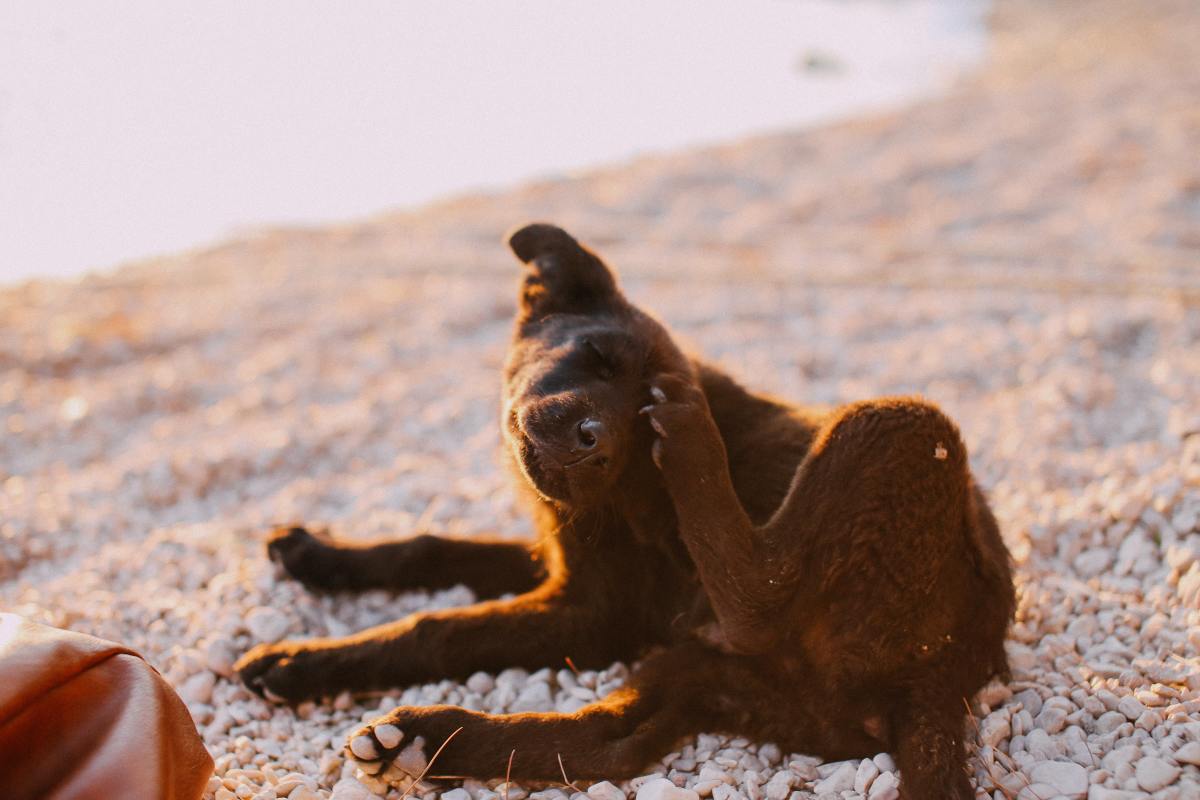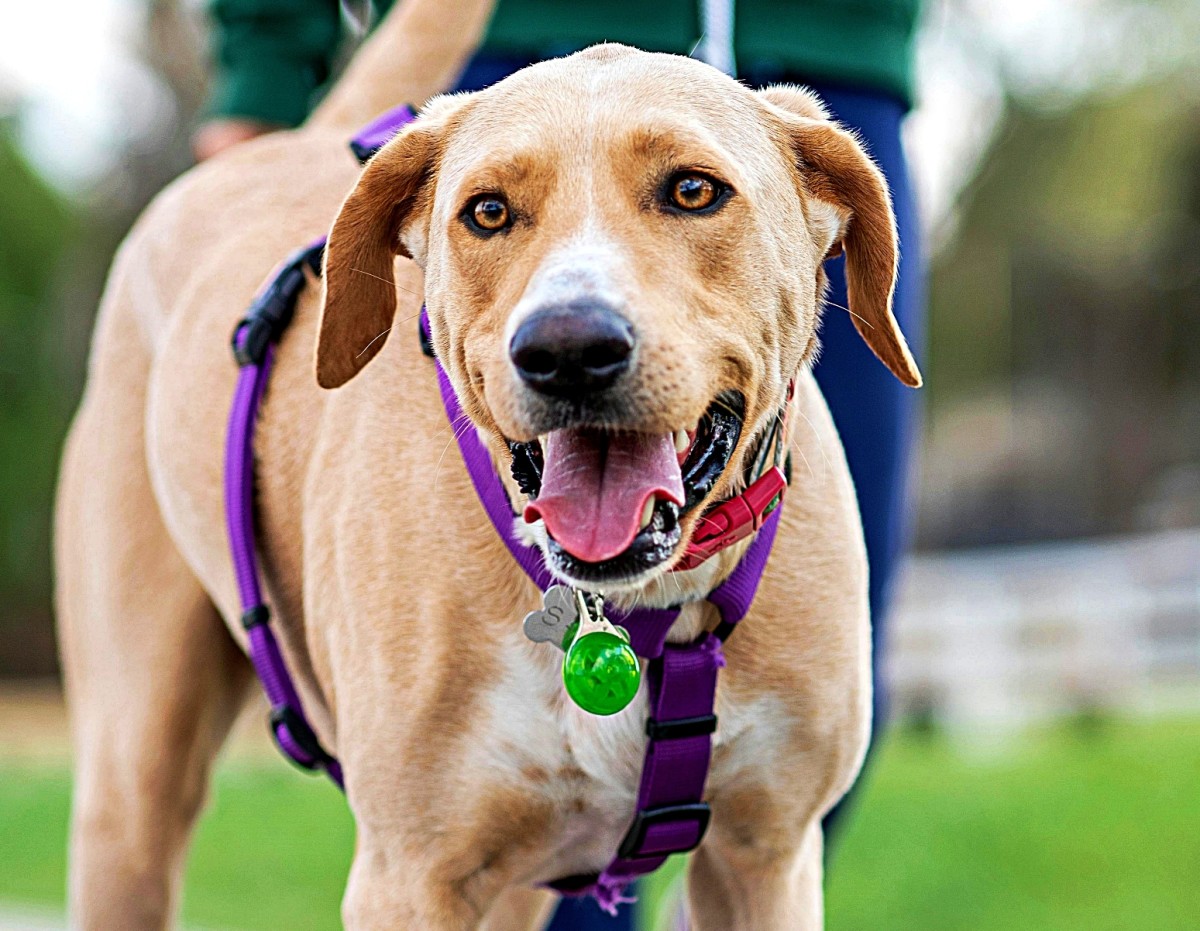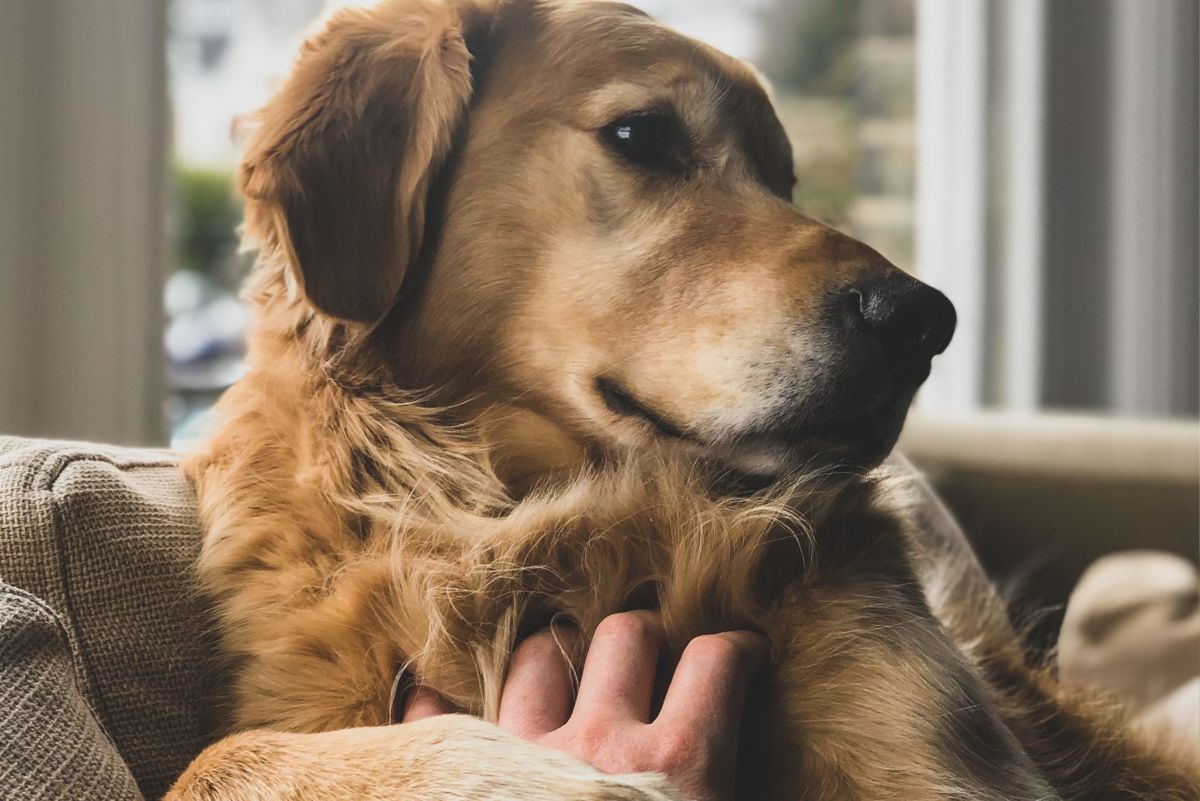Help, My Dog Will Only Eat Table Food!

Dogs Who Only Want to Eat Table Food
Is your dog eating only table food and categorically refuses his kibble? If so, you may be frustrated by your dog's picky demeanor, but don't totally blame your dog for having developed a liking for table scraps; most likely, it's not solely his fault. It all starts like this: you bring a new dog home, he doesn't seem too interested in his food and then you start worrying a bit and decide to give him a taste of your leftovers. He readily gulps them down. At the next feeding time, your dog is faithfully sitting right next to you looking for other left overs and doesn't seem too interested in his food bowl. You give in after a while and soon you have an established behavior with your dog always looking for goodies, but that cares less about food in his bowl.
The same dynamics often happen when a dog is perhaps not feeling too well and some table scraps are offered to entice him to eat, afterward the dog refuses to return to his previous food. Why is that? Well for starters, table food is perceived as extra yummy from a dog's perspective. Often, your kitchen is saturated with heavenly smells that act as an appetite stimulant, then the food is often warm which makes it extra palatable, add on top of that that it's fresh and likely more tasty than dry food that comes in a bag. And let's not forget that it's often variable, since you likely don't eat the same things every day and this contributes to the element of surprise that many dogs look forward to.
Regardless, of the cause, you're likely looking now for some remedial solutions to get your dog interested to his kibble again. The solution is really not that easy, but there are some little short cuts that may help.
How to Get Your Dog Interested in Kibble Again
If you were asked to choose between a juicy steak offered from a restaurant or one of the microwaveable meals you can purchase at the supermarket, which food would you choose? The restaurant meal of course! In the same way, your dog prefers your food rather than his kibble. This doesn't mean that all kibble is not appreciated by dogs, it just means that several dogs prefer the taste of fresh, warm, juicy foods served straight from your dish. So how do you get back to loving his kibble? Following are some tips...
Check for Medical Issues
First and foremost, you want to rule out any medical issues. Some dogs who aren't feeling too well may lose their appetite, but may still be willing to eat something that is more enticing. When dogs were sick in the veterinary hospital I used to work for, and they refused food, we often offered them a special diet from Hill's known as A/D. This food was especially appetizing and helped them recover. While many of these dogs refused their normal kibble, they instead readily ate this food, especially because it was canned. Owners who continued feeding this food at home often reported to us that their dogs once healed, started refusing their normal kibble and wanted to continue eating the canned food. If a dog is suddenly refusing his normal kibble, but only wants to eat other foods it's always a good practice to have a vet do a check up just in case.
Wean Back to Kibble
So your dog is healthy as he can be but he still refuses his kibble but readily gobbles down table scraps. In such a case, yes, your dog may be enamored with your cooking skills. In such a case, many say you should just let your dog "starve" by just leaving out the kibble until he decides to eat or by offering the kibble for 15 minutes and then removing it and repeating this for every mealtime until he eventually eats. While it's true that these method often work, many owners don't like the idea of letting their dogs "starve". A better approach may be to add some tasty additions mixed with the kibble so that the kibble seems interesting again. Here are some ideas for some healthy additions:
- Veterinarian Louise Murray suggests lessening the people food and increasing the kibble bit by bit every day until the dog is off human food entirely. So stop giving table scraps at the table and start adding some to the dog's kibble gradually decreasing the amount over time. Please keep in mind though that not all table scraps are healthy for dogs . Here is a list of dangerous table scraps you want to avoid feeding your dog from the ASPCA.
- Skip unhealthy table scraps and add only the healthy ones. Veterinarian Michael W. Fox recommends not mixing more than 10 percent table scraps (no cooked bones or high- fat scraps) with the dog's regular food.
- Another option is to mix canned food to the kibble. Most dogs won't turn up their nose to canned food. Also, if mixed well, the dog will find it hard to separate the canned food from the kibble and will end up eating both. Canned food for dogs is a better option than unhealthy table scraps. Only problem is that you may end up with a dog who refuses kibble if it's lacking the canned food, so think about this option carefully.
- Adding some warm water or some broth with no onion or garlic in it, may help release the smell of the kibble and the warmth may be appealing enough to some dogs that they'll eat to kibble with little problems.
- Some people use special gravies sold in pet stores. These gravies can be added to the kibble to make the kibble more appealing. Again, buyer beware...problems may arise the day you run out of this gravy!
- Always feed the goodies in your dog's food bowl. If you feed scraps from the table, your dog learns that good food comes from the table and the the bowl is boring. You need your dog to learn that the bowl is only ans always what holds the goodies.
Check the Food
If your dog turns up his nose at your kibble and is looking for food scraps, check if the bag of kibble is OK. You never know, perhaps the food may taste rancid, the bag may be expired or you may have gotten a bad batch. Not bad to also check if there were any recent recalls on that particular food. Also, it's a good idea to see if the food is a good quality food. Grocery store brought foods or dog foods filled with fillers with no nutritional value may cause dogs to always feel hungry. It may be worth a try to start gradually feeding a higher-quality dog food.
Switch to Home-Made
Last but not least, if your dog is so enamored with home-made food and you are worried about all the preservatives, byproducts and chemicals added to some kibble, you can study a bit how you can switch your dog to a completely home-made diet. This is not an easy task, as you need to make your home-made diet nutritionally complete, but there are plenty of books on the topic.Here are some resources from the Ohio State College of Veterinary Medicine: Home-made Diets
Disclaimer; this article is not to be used as a substitute for professional nutritional or veterinary advice. If your dog is not eating or there are changes in his appetite, please see your vet.
Alexadry© all rights reserved, do not copy
Veterinarian Dr. Greg Offers Ideas for Homemade Diets
For further reading
- Interesting Facts About a Dog's Taste Buds
How good are a dog's taste buds? and how do they compare to the taste buds of a human? Some interesting facts about your dog's taste buds and why he drools at the sight of a juicy steak. - Homemade Recipes for Dogs With Sensitive Stomachs
If your canine companion is suffering from a sensitive stomach and indigestion, things can easily get frustrating. While your dog does not have a history of visiting the popular Mexican restaurant around the corner or going on a garlic eating binge,. - Review: Nature's Variety Instinct Raw Diet for Dogs
Thinking about switching to a dog raw diet but not sure how? Learn how Nature's Variety can make the switch easy for you and your dog. - Dog Foods Without Chicken Byproducts
If you're looking for premium dog food with no chicken byproducts, you're at the right place. Learn what chicken by-products are and which dog foods are without chicken or poultry by products.
